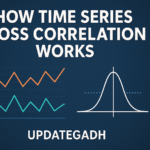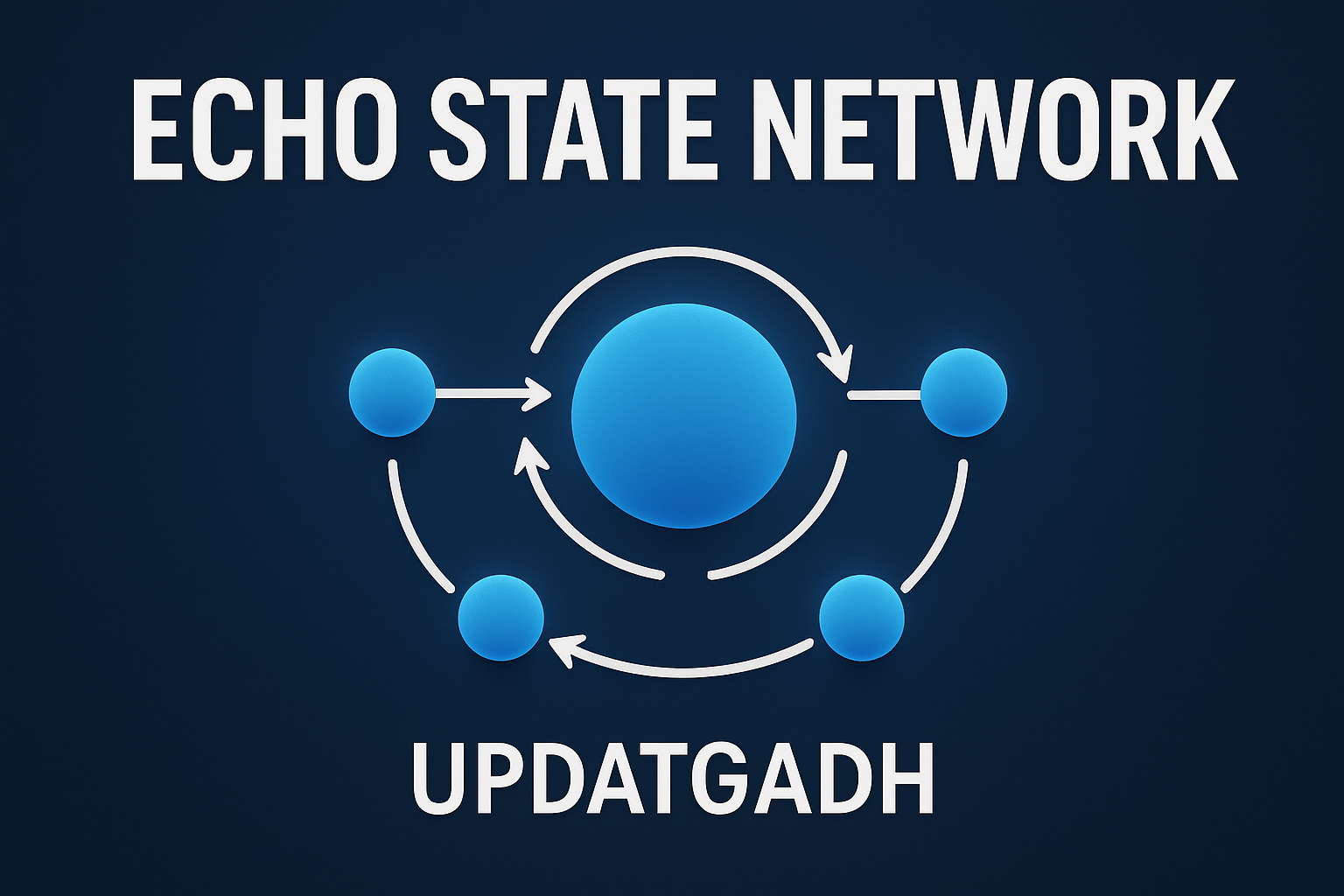

How Neural Networks Solve the XOR Problem
How Neural Networks Solve the XOR Problem
Introduction
One of the foundational challenges in neural network research is the XOR (exclusive OR) problem, which highlighted the limitations of early perceptron models. The XOR function returns true only when the inputs differ—that is, when one input is true and the other is false. In all other cases, it returns false. When plotted on a 2D graph, XOR’s output cannot be separated by a straight line, making it non-linearly separable.
This posed a serious problem for single-layer perceptrons, which are limited to solving only linearly separable problems. The inability of early models to solve XOR was prominently discussed by Marvin Minsky and Seymour Papert in their 1969 book Perceptrons, leading to a temporary decline in neural network research. However, the XOR challenge eventually fueled innovation, demonstrating the need for multi-layer neural networks equipped to handle non-linear patterns by introducing hidden layers and non-linear activation functions. This shift marked a pivotal moment in deep learning’s evolution.
Machine Learning Tutorial:-Click Here
Data Science Tutorial:-Click Here
Complete Advance AI topics:-CLICK HERE
DBMS Tutorial:-CLICK HERE
Understanding the XOR Logic Gate
The XOR gate (exclusive OR) is a fundamental digital logic gate. Unlike a standard OR gate, which outputs true if either or both inputs are true, XOR produces a true output only when one input is true and the other is false.
XOR Truth Table:
| Input A | Input B | Output |
|---|---|---|
| 0 | 0 | 0 |
| 0 | 1 | 1 |
| 1 | 0 | 1 |
| 1 | 1 | 0 |
This non-linearly separable nature is what makes XOR so significant in neural network design. Unlike AND or OR gates, whose outputs can be separated with a straight line, XOR’s output distribution forms a diagonal pattern—something a single-layer perceptron simply cannot learn.
Why Single-Layer Perceptrons Fail at XOR
The XOR problem exposes key weaknesses in single-layer perceptrons:
- Non-linear Separability: A single linear boundary cannot separate the XOR output classes in input space.
- Lack of Hidden Layers: Without hidden layers, the model lacks the depth needed to represent complex relationships.
- Pattern Complexity: XOR’s diagonal pattern (true when inputs differ) cannot be detected by a linear classifier.
- Linear Limitation: Single-layer networks can solve AND and OR, but not XOR, due to their inability to form non-linear decision boundaries.
This limitation illustrated the urgent need for network architectures with greater representational power, prompting the shift to multi-layer perceptrons (MLPs).
Multi-Layer Neural Networks as the Solution
To address the XOR challenge, neural networks evolved to multi-layer architectures capable of learning non-linear functions. These networks introduced hidden layers that transform the input space and extract meaningful features.
Key Elements of the Solution:
1. Hidden Layers
Adding one or more hidden layers between input and output allows the network to learn complex patterns by combining multiple linear transformations.
2. Non-linear Activation Functions
Functions like Sigmoid or ReLU enable the network to detect non-linear relationships. These activations introduce non-linearity, making it possible to form curved decision boundaries necessary to separate XOR outputs.
3. Learning Non-linear Boundaries
Through hidden layers and non-linear activations, the network reshapes the input space, making it possible to linearly separate the transformed data in a higher-dimensional space.
4. Backpropagation
Using the backpropagation algorithm, the network iteratively updates its weights to minimize prediction errors. Over time, the hidden layer learns an internal representation that captures the XOR logic.
The Role of Activation Functions
Activation functions are critical in solving XOR. Here’s how they help:
- Introduce Non-linearity: Activation functions break the linearity of neural networks, allowing them to model more complex decision boundaries.
- Transform Input Space: They map inputs into a new space where XOR outputs can be separated.
- Enable Pattern Recognition: Without activation functions, even deep networks act as simple linear models.
- Control Signal Strength: Functions like sigmoid compress the output between 0 and 1, helping manage gradient flow and facilitating smoother learning.
Training a Neural Network to Solve XOR
A minimal architecture to solve XOR typically includes:
1. Network Structure
- Input Layer: Two neurons for binary inputs.
- Hidden Layer: Two or more neurons with non-linear activation (Sigmoid or ReLU).
- Output Layer: One neuron with activation (usually sigmoid for binary classification).
2. Forward Propagation
Inputs are passed through the network, and activations are applied to compute an output.
3. Loss Function
Loss, often calculated with Mean Squared Error (MSE), measures the difference between predicted and expected outputs.
4. Backpropagation
Gradients of the loss with respect to weights are computed and used to update the model via gradient descent.
5. Epochs and Training Iterations
The process repeats over many epochs, allowing the network to refine its understanding of XOR and improve accuracy.
Visualising XOR in Neural Networks
Understanding how neural networks solve XOR can be made clearer with visualisation:
- Input Space: Four possible input pairs — (0,0), (0,1), (1,0), and (1,1).
- Output Mapping: (0,1) and (1,0) → output 1; (0,0) and (1,1) → output 0.
- Non-linear Boundary: A single straight line cannot separate the output classes. However, a multi-layer network transforms the space such that a linear boundary in the hidden layer’s output space becomes feasible.
- Decision Boundary Plot: After training, plotting the decision boundary reveals a clear separation between true and false outputs.
Complete Python Course with Advance topics:-Click Here
SQL Tutorial :–Click Here
Download New Real Time Projects :–Click here
Conclusion
The XOR problem, once considered a roadblock for neural networks, became a catalyst for the development of multi-layer perceptrons and backpropagation. Its non-linearly separable nature highlighted the limitations of early models and underscored the importance of network depth and non-linearity.
By introducing hidden layers and non-linear activation functions, neural networks gained the ability to model complex patterns like XOR, laying the groundwork for modern deep learning systems. Understanding how XOR is solved is not just a theoretical exercise—it offers deep insight into why layered architectures and non-linear functions are vital in building intelligent systems.
Stay connected with Updategadh for more deep dives into AI and neural network fundamentals.
xor problem solution
xor problem in deep learning
xor problem in perceptron
xor neural network weights
xor neural network diagram
xor problem using multi-layer perceptron
xor problem using multi-layer perceptron python
xor problem in machine learning
how neural networks solve the xor problem python
how neural networks solve the xor problem in deep learning
how neural networks solve the xor problem geeksforgeeks










Post Comment